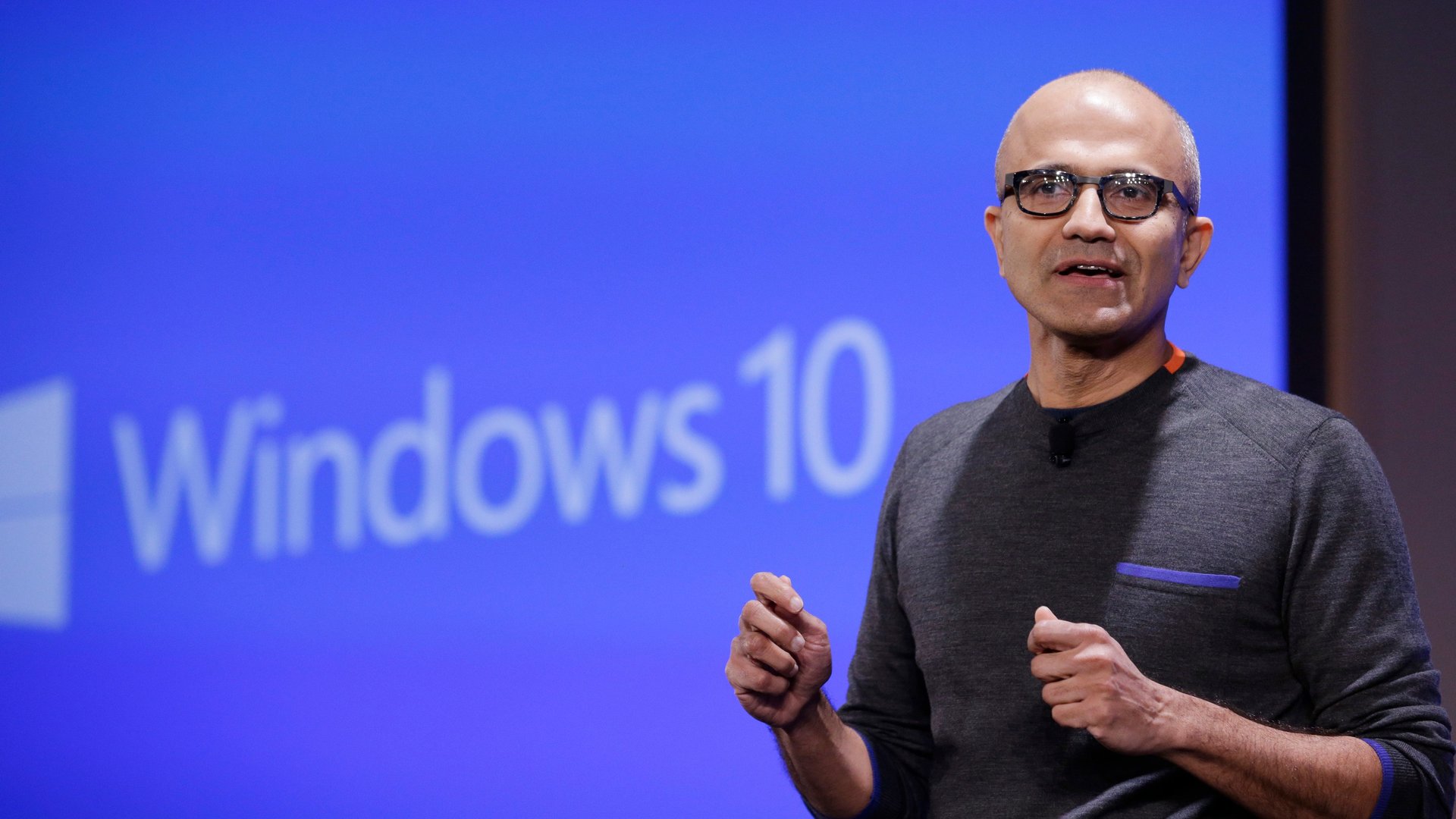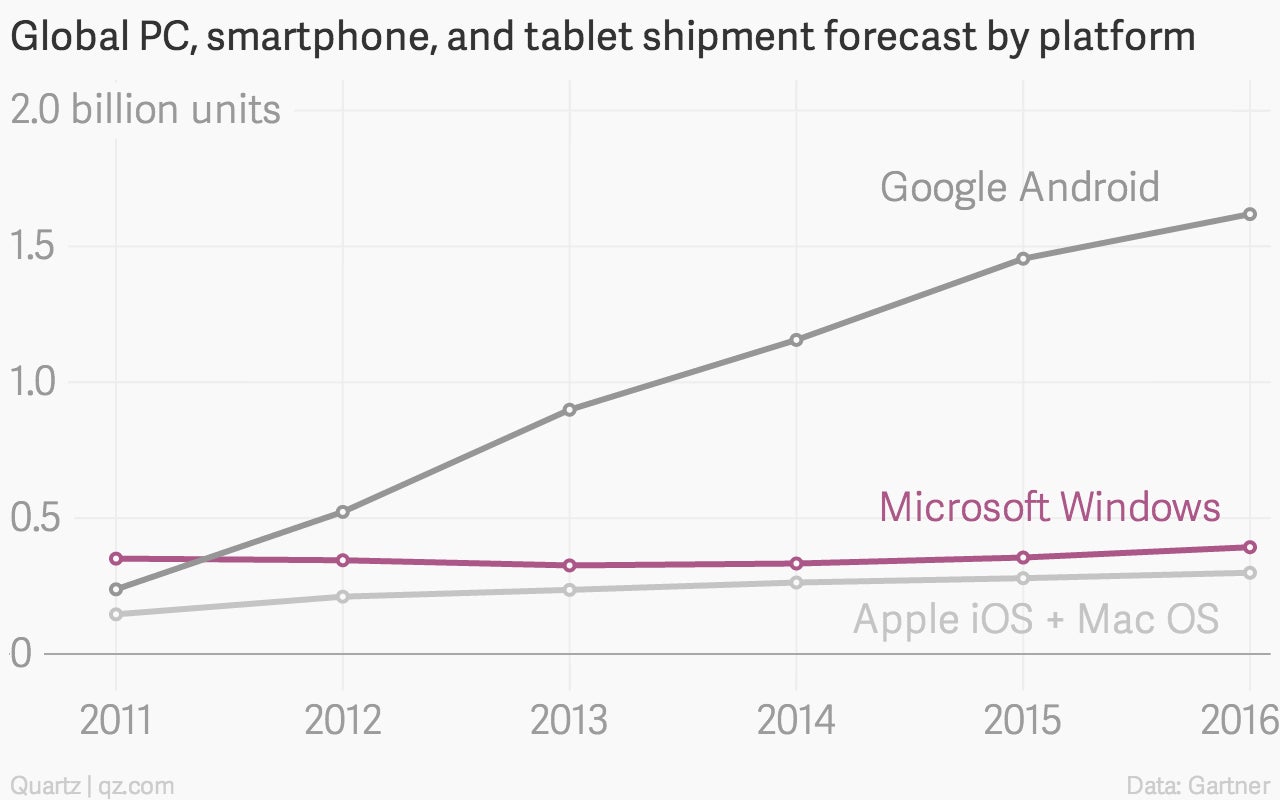Microsoft’s Windows 10 will be a free upgrade—because it has to be
Microsoft showed off its latest Windows operating system—Windows 10—today at a media event. (It also revealed 3D “hologram” goggles and a new web browser.)


Microsoft showed off its latest Windows operating system—Windows 10—today at a media event. (It also revealed 3D “hologram” goggles and a new web browser.)
One of the more surprising Windows 10 features the company announced was its price: zero. Specifically, an upgrade to Windows 10 will be free for 12 months after it launches later this year for people using Windows 7 or Windows 8, its two most recent releases.
Why? Because Microsoft simply needs as many people as possible using Windows 10. This is why:
- Several of its new features—including apps that run on Windows PCs, smartphones, and Xboxes—will only truly succeed if Windows 10 is widely adopted. Windows 8, its previous version, wasn’t.
- Software developers—who have focused on Apple’s iOS, Google Android, and the web—stand to get more excited about Windows 10 if it has more users.
- Meanwhile, Apple—which offers free OS updates for Macs, iPhones, and iPads—has been steadily gaining market share.
Microsoft makes most of its Windows money when people buy new PCs with Windows pre-loaded. So while it will miss out on some sales by making this upgrade free, it won’t be a big change. (Microsoft shares closed down 1% on the day.)
The more Windows users it has, the more Microsoft will also be able to sell other Windows services, including Office 365 subscriptions, Skype premium services, or cloud storage. Executives repeatedly referred to Windows 10 as a “service” today—not just software in a box.
More pressing: The big-picture story is that Microsoft has lost its dominance of the broader computer market as smartphones and tablets—almost entirely powered by Apple and Google software—have taken over the industry.

Making Windows 10 “free” for a year to boost adoption is the least Microsoft can do for its long-term relevance. A smart move by CEO Satya Nadella, who must take big steps to move Microsoft forward.